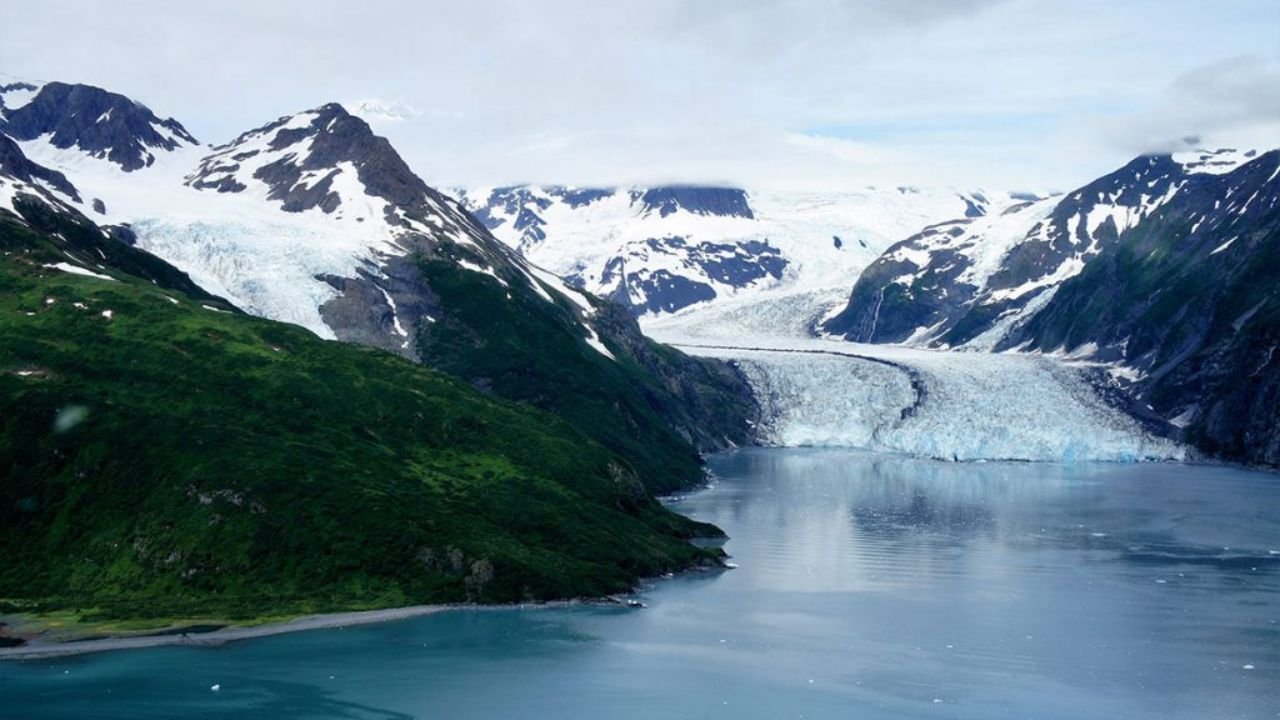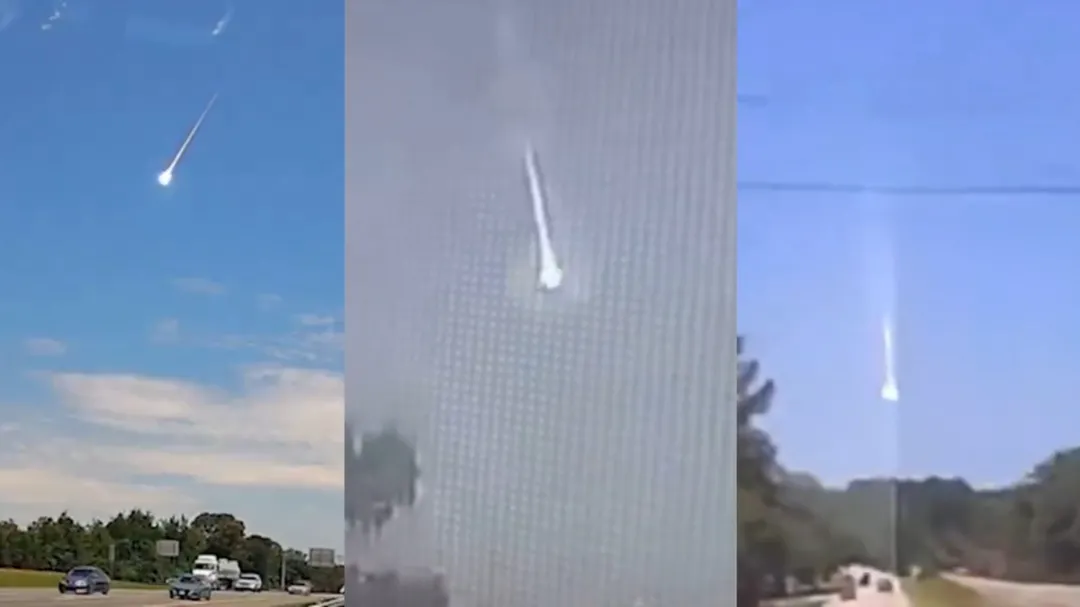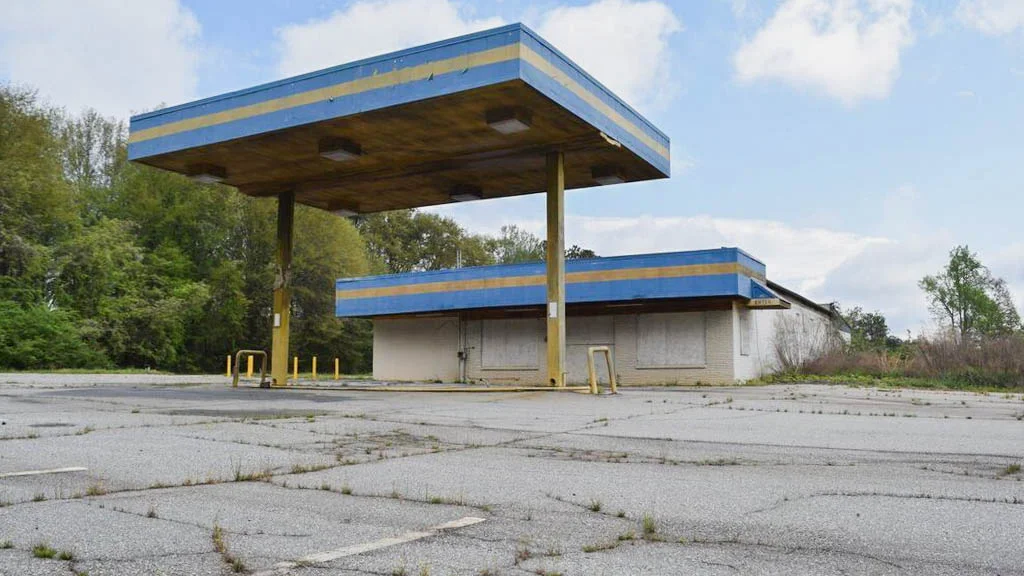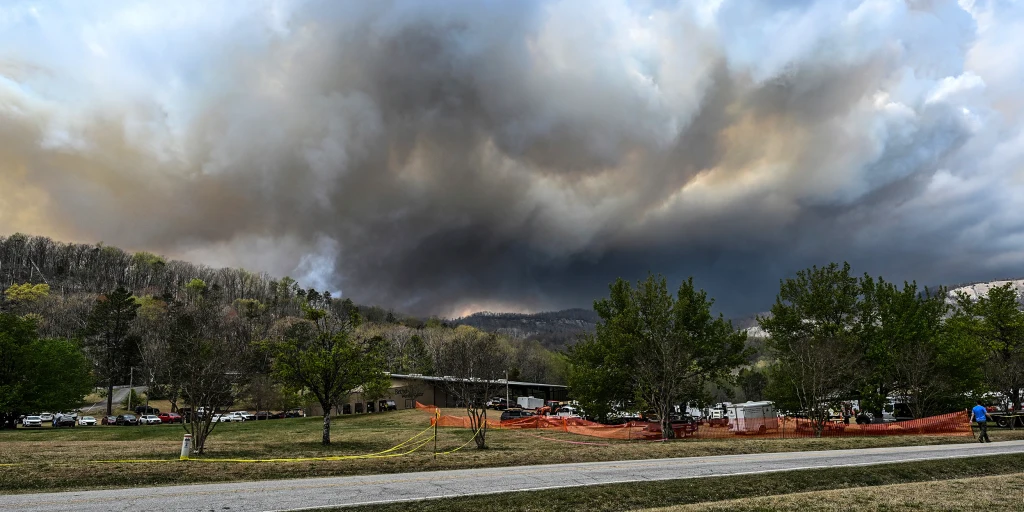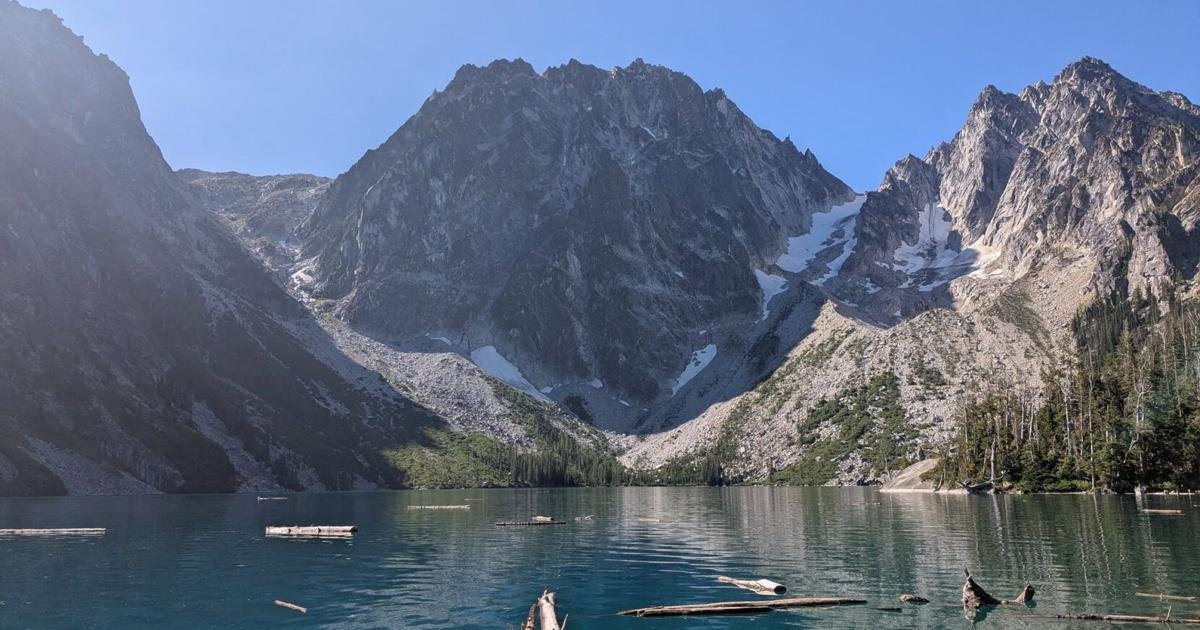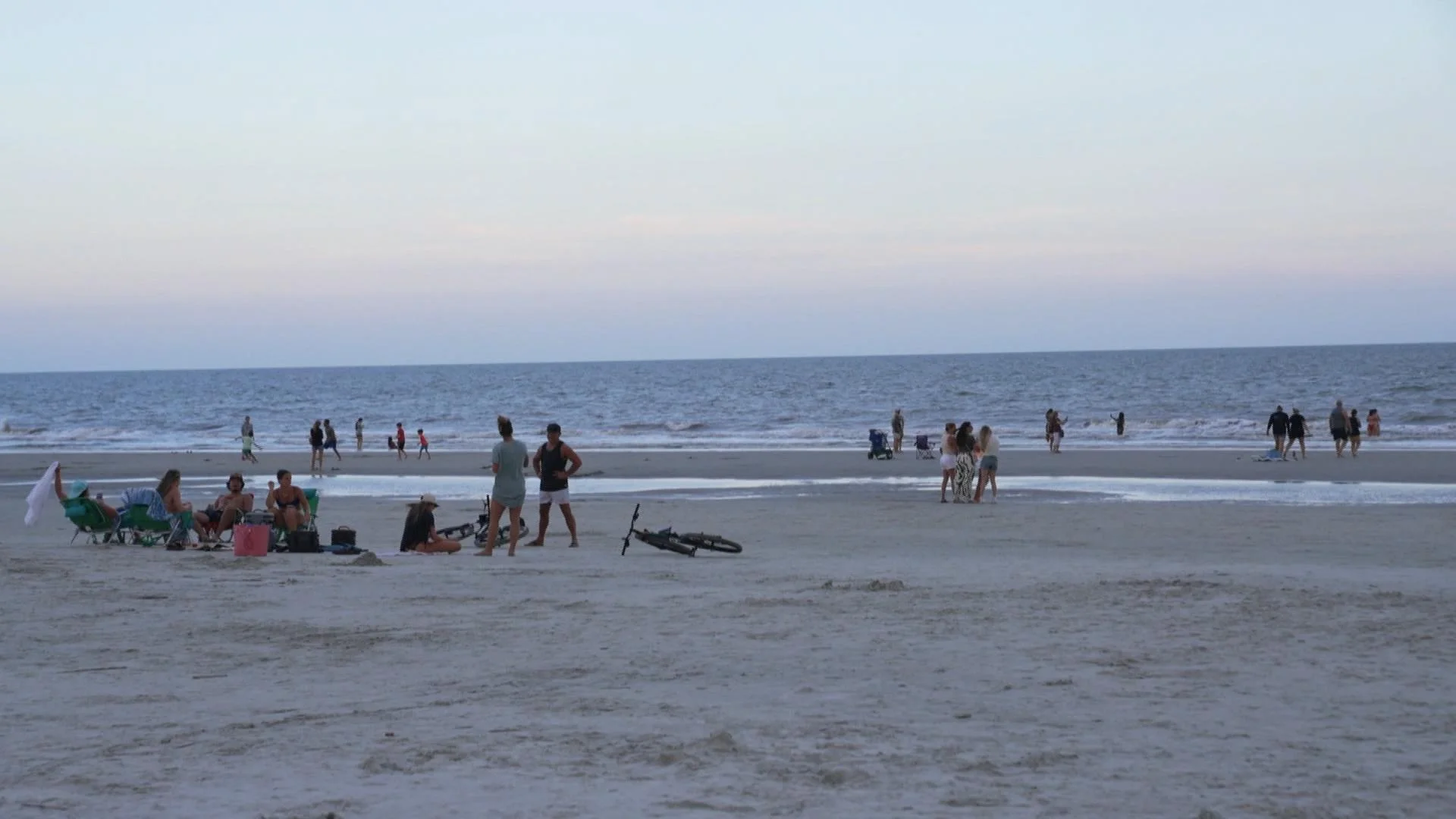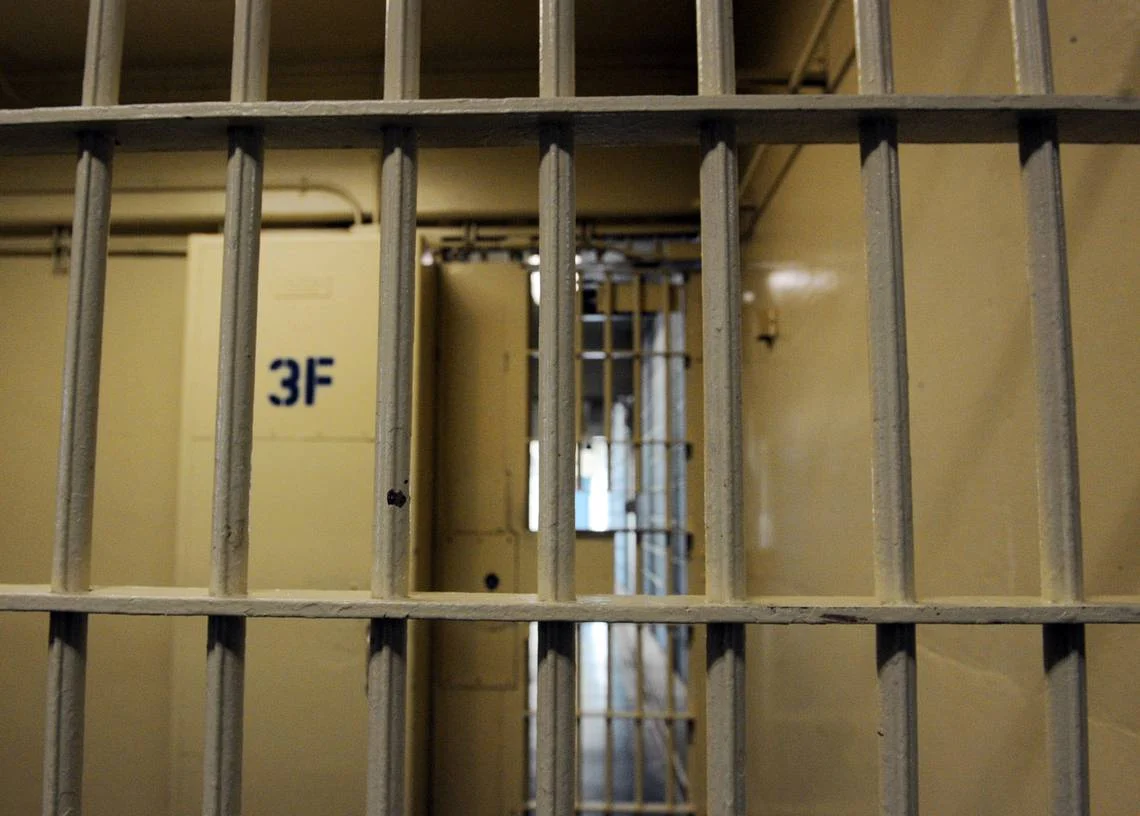DEEP IN ALASKA —
Carved by ancient glaciers and untouched by the sprawl of modern tourism, Alaska’s hidden fjords remain one of North America’s last pure wildernesses — where snow-fed waterfalls plunge into cobalt waters and bald eagles watch from cliffs older than time.
Unlike the crowded ports of Juneau or cruise ships swarming the Inside Passage, these fjords are wild, silent, and sacred. They stretch across
southeast and southcentral Alaska
, wrapping around uninhabited islands and snow-draped mountains — offering a kind of escape that few Americans even realize still exists.
Let’s take a deeper look into this breathtaking geography — one glacier-fed bay at a time.
Kenai Fjords: The Glacier Kingdom
Home to the
Kenai Fjords National Park
, this coastal marvel just outside Seward is where icy blue meets emerald forest. Over 40 glaciers spill from the Harding Icefield, including the majestic
Exit Glacier
, which hikers can approach on foot.
But the true beauty lies offshore. Hop into a kayak or tour boat, and you’re surrounded by orcas slicing through the water and puffins diving for fish near the
Aialik Bay
shoreline. Waterfalls cascade from every rock wall, and harbor seals bask on ice floes in the mist.
Don’t Miss:
- Aialik Glacier (most active tidewater glacier)
- Bear Glacier Lagoon (iceberg-dotted kayaking route)
- Holgate Arm (great for humpback whale spotting)
Prince William Sound: Alaska’s Shimmering Labyrinth
To the east of the Kenai Peninsula lies
Prince William Sound
, a maze of fjords, bays, and nearly 150 glaciers. Protected from the open ocean by barrier islands, it’s one of the calmest places to kayak — despite its dramatic terrain.
You’ll paddle beside
Columbia Glacier
, listen to the cracks of melting ice, and pass sea otters spinning like corks in the kelp. Don’t be surprised if a black bear appears on the shoreline or a bald eagle cries overhead. This is their home — we’re only visitors.
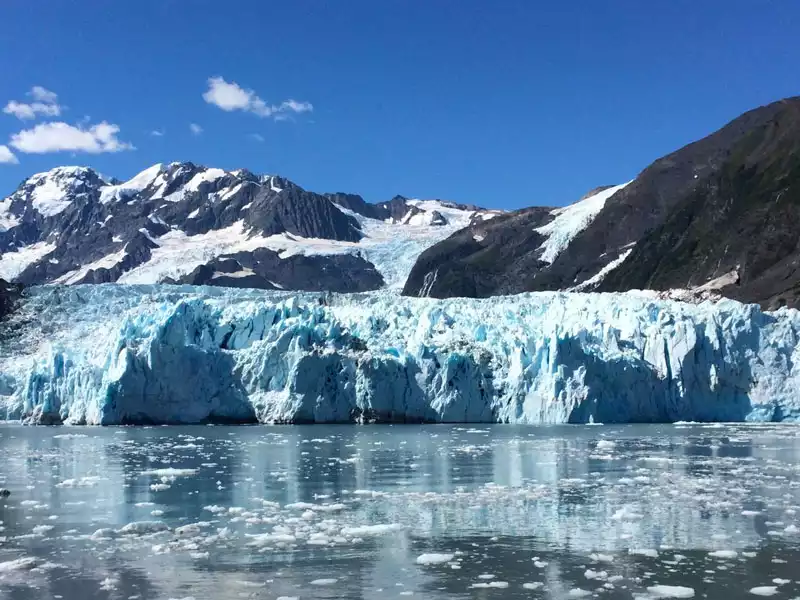
Highlights Include:
- Harriman Fjord (towering cliff walls + bird rookeries)
- College Fjord (where all glaciers are named after East Coast colleges)
- Valdez Arm (start point for many wildlife cruises)
Misty Fjords: Alaska’s Secret Sanctuary
Nicknamed the
“Yosemite of the North,”
the Misty Fjords National Monument near Ketchikan is cloaked in rain and mystery. Sheer granite cliffs rise 3,000 feet above the ocean, draped in moss and mist. Only accessible by seaplane or boat, its remoteness is what makes it unforgettable.
This area isn’t just beautiful — it’s
silent
. So silent, in fact, that you can hear the wingbeats of a raven or the splash of a jumping salmon echo across the bay. It’s this sacred silence that keeps visitors spellbound.

Key Areas:
- Walker Cove and Rudyerd Bay (best fjord kayaking spots)
- Punchbowl Cove (incredible mirrored reflections)
- Snow Pass (great for humpback whales and porpoise sightings)
The Magic of Remote Bays: Resurrection, Icy, and More
Beyond the headline fjords are dozens of lesser-known bays that rival any National Park.
Resurrection Bay
, near Seward, is filled with sea caves, glacial runoff, and coastal hikes.
Icy Bay
, west of Yakutat, is framed by towering mountains and offers front-row glacier views — with almost no human activity.
Many of these waters are accessible only by charter plane or multi-day kayak trips — meaning they remain
pristine, unspoiled, and barely photographed
.
What Makes Alaska’s Fjords So Unique?
Unlike Norwegian fjords formed by rising sea levels, Alaska’s are
constantly evolving
. Glaciers are retreating. Icefields shift. Wildlife migrates. And each bay feels like a time capsule — as if the last Ice Age never ended.
You won’t find restaurants or cell service here. But you
will
find:
-
Orcas
, sea lions, and humpbacks circling icebergs -
Glacier-carved valleys
rising thousands of feet -
Unspoiled silence
— no highways, hotels, or cruise crowds -
Weather patterns
that change the mood every hour
The Future of Fjords: How Climate Change Threatens It All
Sadly, the magic may not last forever. Warming temperatures have caused many of Alaska’s glaciers to retreat rapidly. Exit Glacier has receded over 2,300 feet since 2005. Ice loss threatens not only scenic beauty, but also ecosystems dependent on cold water, like salmon and seals .
Preserving this icy wilderness may depend on climate action and limiting industrial tourism expansion. These fjords are reminders of what Earth looked like before us — and what we risk losing.
Feeling the Pull? Here’s How to See Them
Visiting Alaska’s fjords requires some planning. Here are three ways to explore:
Best months to go:
Late June to August
Start points:
Seward, Valdez, Whittier, Ketchikan
Ready to Wander Into Alaska’s Silence?
Whether you’re gliding beneath waterfalls in Aialik Bay or gazing into the fog of Misty Fjords, these ice-carved sanctuaries remind us what America looked like before pavement and power lines. They aren’t just beautiful — they’re healing.
Which fjord would you want to kayak first? Let us know in the comments — and share this with a fellow nature-lover who needs a break from the noise.
